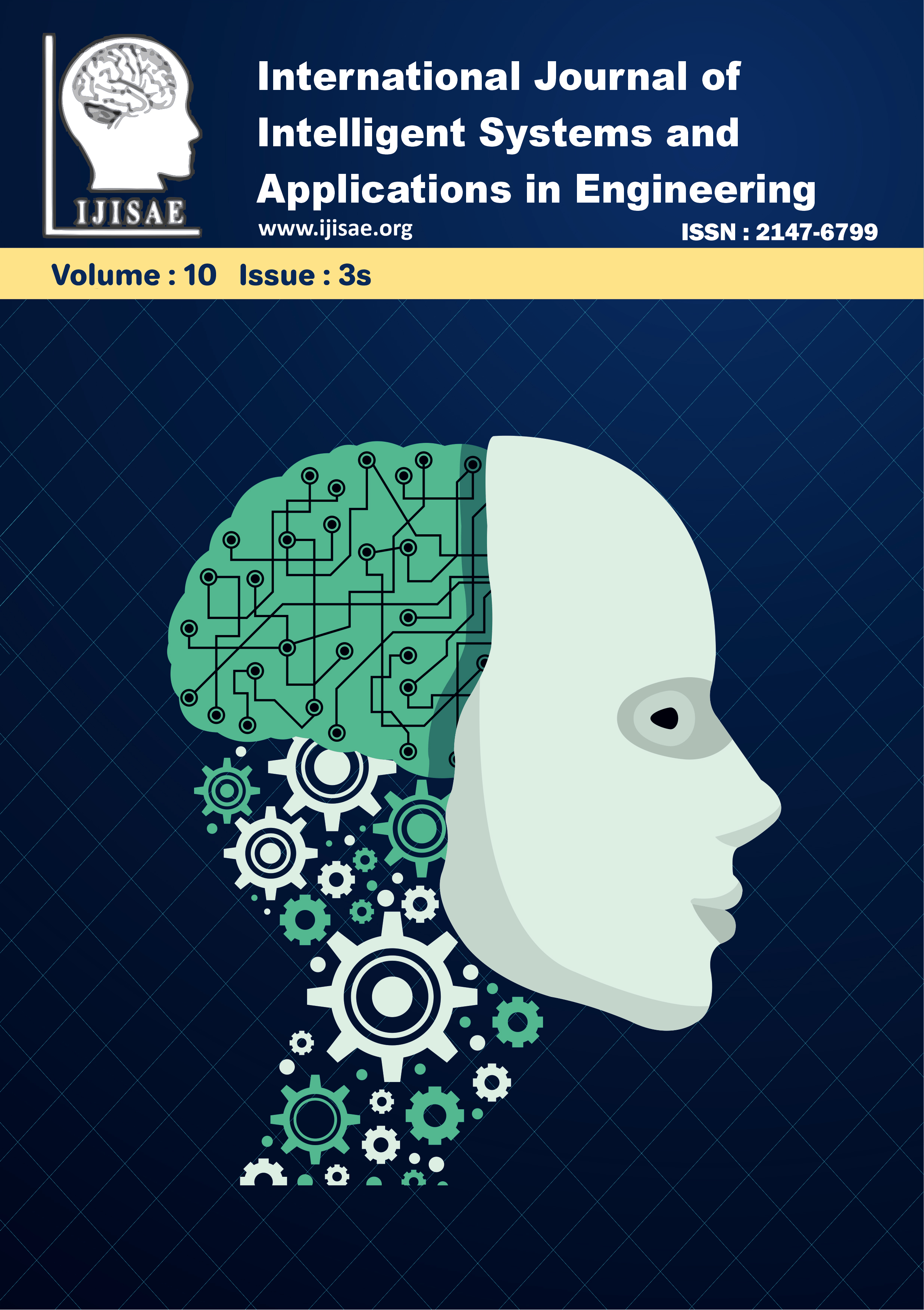Importance and Necessity of Faculty Development Program Organizing in Universities
Keywords:
Education, faculty development program, professional development, effective teaching, academic standardAbstract
Through the provision of the skills, information, and competences needed in a fast-changing academic and technical environment, Faculty Development Programs (FDPs) play a critical role in improving the quality of higher education. In addition to promoting interdisciplinary collaboration, leadership qualities, and digital tool adaptability, these programs concentrate on enhancing curriculum development, research capabilities, and teaching efficacy. FDPs assist in meeting accreditation requirements, promote ongoing professional development, and match academic procedures with industrial standards and international educational norms. FDPs greatly enhance student outcomes and institutional progress by encouraging faculty members to pursue a culture of excellence, innovation, and lifelong learning. Diverse disciplines and points of view are brought together in universities and community colleges. These establishments encourage critical discourse and cherish the sharing of innovative ideas. They place a high importance on conducting research and obtaining funding for it. They place a high importance on community and institution service, and some of these institutions place a high emphasis on competent instruction. Faculty members must adapt to a more diverse student body, implement innovative teaching strategies, incorporate sophisticated technology into their curricula, conduct research and pursue scholarly endeavours, participate in service projects, and create curricula that address complex professional issues and academic reform in order to meet the demands of the twenty-first century. This paper describes the key role & importance of faculty development programs in universities on various topics/occasion in useful manners.
Downloads
References
Learning. D. R. (1998). Academic leadership: A practical guide to chairing the department. Bolton, MA: Anker.
Kecskes, K. J., Gelmon, S. B., & Spring, A. (2006). Creating Engaged Departments: A Program for Organizational and Faculty Development. To Improve the Academy, 24(1), 147–165. https://doi.org/10.1002/j.2334-4822.2006.tb00456.x.
Bloom, D. E. (2004). Globalization and education: An economic perspective. In M. M. SuárezOrozco & D. B. Qin-Hillard (Eds.), Globalization: Culture and education in the new Bond, S.L., Qian, J. and Huang, J. (2003). The role of faculty in internationalizing the undergraduate curriculum and classroom experience. (CBIE Research Millennium Series No. 8) Ottawa, Canada: Canadian Bureau for International Education Millennium (pp. 56-77). Berkeley, CA: University of California Press.
MacPherson, R. J. S. (2000). Escaping to technology-based distributed faculty development:a case for reforming professional development in a knowledge organization. International Journal of Leadership in Education, 3(3), 275–291. https://doi.org/10.1080/13603120050083945
Kayyali, M. (2022). The Importance of Faculty Development in Higher Education. International Journal of Higher Education Policies and Leadership, 1(1), 1–9.
Downloads
Published
How to Cite
Issue
Section
License

This work is licensed under a Creative Commons Attribution-ShareAlike 4.0 International License.
All papers should be submitted electronically. All submitted manuscripts must be original work that is not under submission at another journal or under consideration for publication in another form, such as a monograph or chapter of a book. Authors of submitted papers are obligated not to submit their paper for publication elsewhere until an editorial decision is rendered on their submission. Further, authors of accepted papers are prohibited from publishing the results in other publications that appear before the paper is published in the Journal unless they receive approval for doing so from the Editor-In-Chief.
IJISAE open access articles are licensed under a Creative Commons Attribution-ShareAlike 4.0 International License. This license lets the audience to give appropriate credit, provide a link to the license, and indicate if changes were made and if they remix, transform, or build upon the material, they must distribute contributions under the same license as the original.






